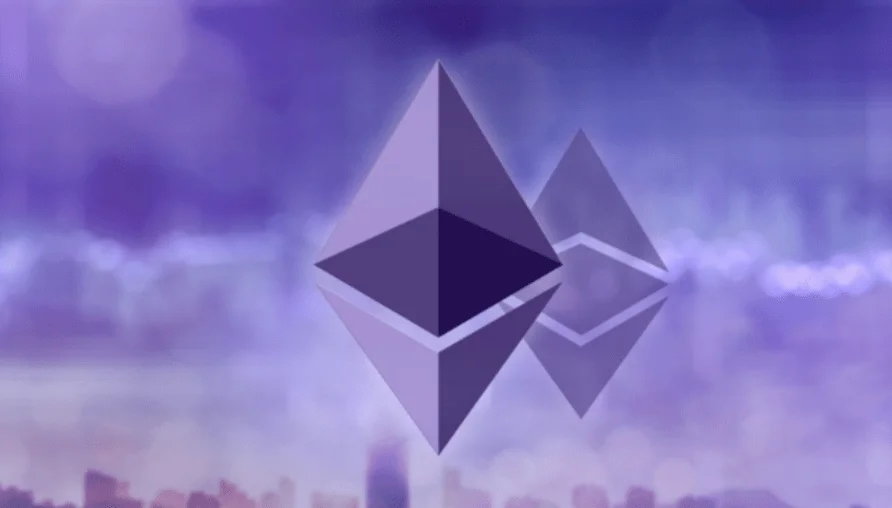With an average gas price of $40 per gallon, it should come as no surprise that layer-two platforms are seeing an increase in utilization.

According to new studies, the use of layer-two scaling protocols for Ethereum has increased dramatically in recent months as gas prices have risen again. The L2 ecosystem is now processing more daily transactions than the Bitcoin network, which is a record high.
Several industry analysts, including Week In Ethereum News founder Evan Van Ness, have compiled statistics from CoinMetrics to show that there were more transactions on the Ethereum layer-two network than there were on the Bitcoin network on September 6.
Layer-two protocols processed approximately 250,000 transactions for the day, whereas BTC processed approximately 210,000 transactions.
Fun fact: There are already more daily transactions on Ethereum’s layer2 (~250k) than on Bitcoin (~210k yesterday per @coinmetrics) $ETH layer2 is just getting started
— Evan Van Ness (@evan_van_ness) September 6, 2021According to the researcher, StarkWare executed the greatest amount of transactions over the period, with around 143,000 transactions across a number of DeFi platforms, including the dYdX exchange and the L2 NFT platform Immutable X.
Arbitrum, which went live on the mainnet on September 1st, saw around 56,000 transactions. Its recently released Arbitrum One platform is already attracting major players in the DeFi industry, including Aave, Chainlink, and Uniswap, which is exploring a number of different layer two solutions.
According to the analyst, the optimistic Ethereum network had approximately 28,000 transactions during the day. It also drives an L2 version of the Synthetix/Kwenta DeFi trading platform, which was launched by Uniswap in July on the Optimism platform.
Van Ness stated that there were a few others who made up the rest of the group, with decentralized exchange Loopring accounting for the lion’s share of the total.
It has been brought to the attention of Bitcoiners that Van Ness has made a comparison between Ethereum layer-twos and Bitcoin’s layer-one, but has supplied no information on Bitcoin’s layer-two Lightning Network.
Van Ness answered by saying, “Given the low amount of money locked, my impression is that Lightning has very little traction, but I’m happy to be proven wrong if someone can show me data to the contrary.”
Sanket, the strategy lead at Ethereum layer-two technology aggregator Polygon, broke out some of the information for the network, demonstrating that smaller transactions dominated the network. “45 percent of all addresses, across all of their transactions that day, were less than $1.45,” he noted in a tweet on September 7.
As of the time of writing, Loopring is still the most cost-effective platform for transferring Ethereum, with a fee of only $0.40 per transfer. When it came to sending ETH on their various systems, Matter Labs’ zkSync was around twice as expensive at $0.83, while Arbitrum One was $2.75 and Optimism was $5.83.
However, Bitinfocharts stated that the average gas cost for all transaction types was over $40 yesterday, indicating that Ethereum alone costs almost $11 for a simple ETH transfer.
Several crypto-intermediaries, according to the paper, have adopted some of the “bad behavior” associated with traditional banking, such as excessive leverage, without having a capital buffer.
According to Long, who has previously expressed concern about leverage, these are reasonable objections. He also points out that very few crypto middlemen, such as brokers or third parties acting between a bank and the blockchain, are required to publish information about their reserves.
Many have remarked that DeFi platforms, in particular, perform significantly better in terms of transparency than crypto intermediaries or traditional banks, and this continues to be one of their most valuable characteristics.
For this reason, the CEO of Avanti Bank decided that banks only settle their books once a day, but cryptocurrency is resolved in minutes.
